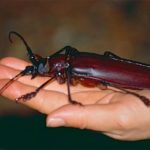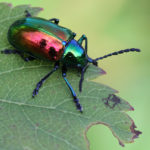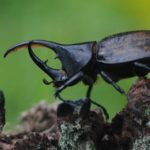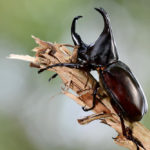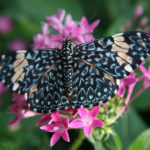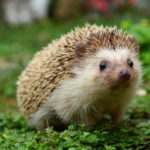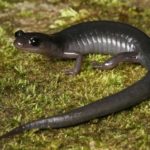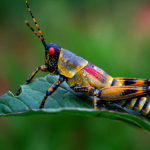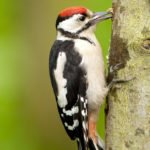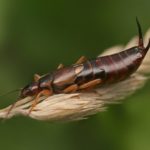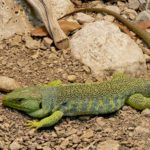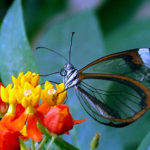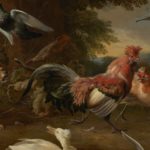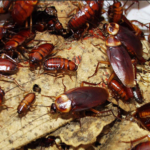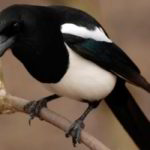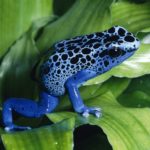The Scientific Name of Beetle
Beetles make up one of the largest groups of insects, the scientific name of beetle is Coleoptera. There are about a quarter of a million different species of beetles, varying in size from the Goliath beetle of Africa, which is four inches long, down to tiny beetles one-fiftieth of an inch in length. Beetles come in all shapes and sizes and feed on almost anything they can get between their strong jaws.
All beetles have a pair of hard wings, called elytra, which often have beautiful and colorful patterns. The elytra usually cover a second pair of thin wings actually used for flying. When a beetle flies, it raises its elytra out of the way of the flying wings. The heads of beetles have antennae or feelers. The jaws are often small, but the large antler-like jaws of stag beetles are fearsome in appearance. Beetles hatch from eggs as small larvae with biting mouthparts. They pass through an inactive pupal stage before emerging as adults.
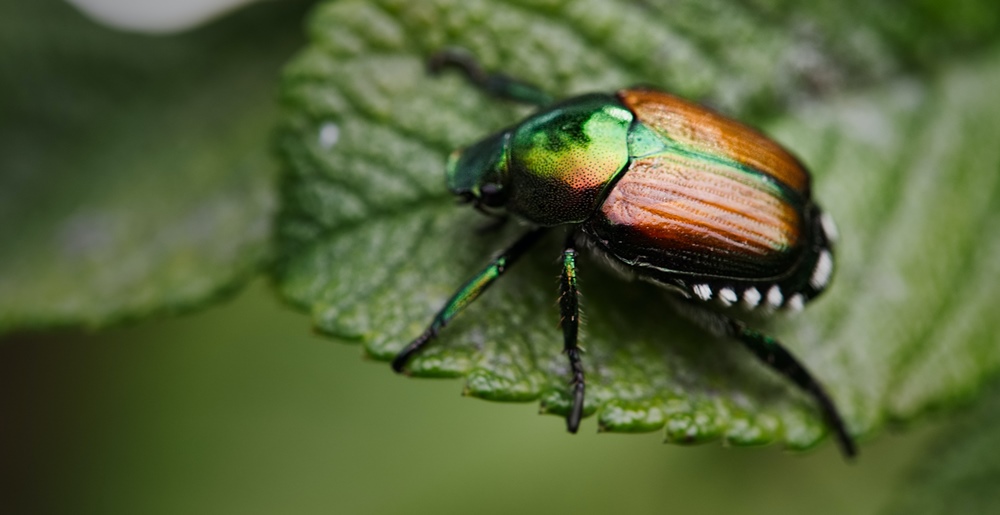
Many types of beetles live in water. The diving beetles spend much of their time underwater, getting their oxygen supply from an air bubble they trap beneath the elytra. They have to surface from time to time to renew the air bubble. Some diving beetles are fierce flesh-eaters and often attack frogs and fish several times their own size.
Among other beetles are several pests that eat plants. The Colorado beetle can ravage potato crops. The scientific name of the Colorado beetle is Leptinotarsa decemlineata. The Japanese beetle will eat about 250 different kinds of plants. The scientific name of the Japanese beetle is Popillia japonica. The larvae of the cockchafer and the click beetles tunnel in the soil and cause tremendous damage to the roots of crops. Grain weevils and other small beetles destroy many tons of grain and flour every year. The furniture beetle, or woodworm, attacks our homes.
However, some beetles are useful to man. Flesh-eating, or carnivorous, beetles eat other insect pests. The brightly colored ladybugs serve men well by eating large numbers of insect pests. Dung beetles and burying beetles keep the countryside clean by burying and eating dung and dead animals.
